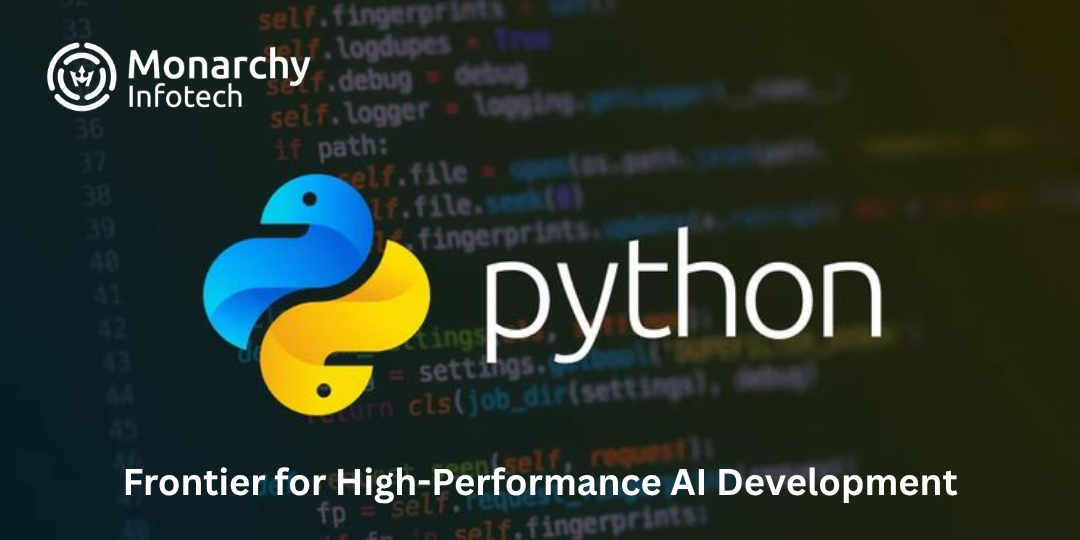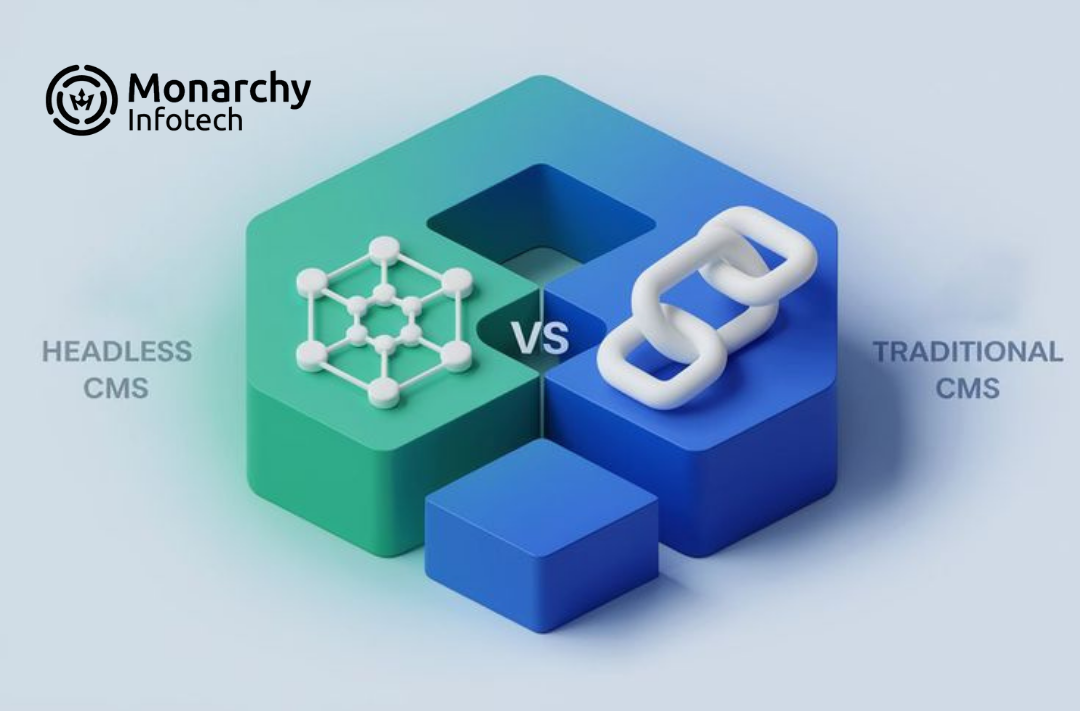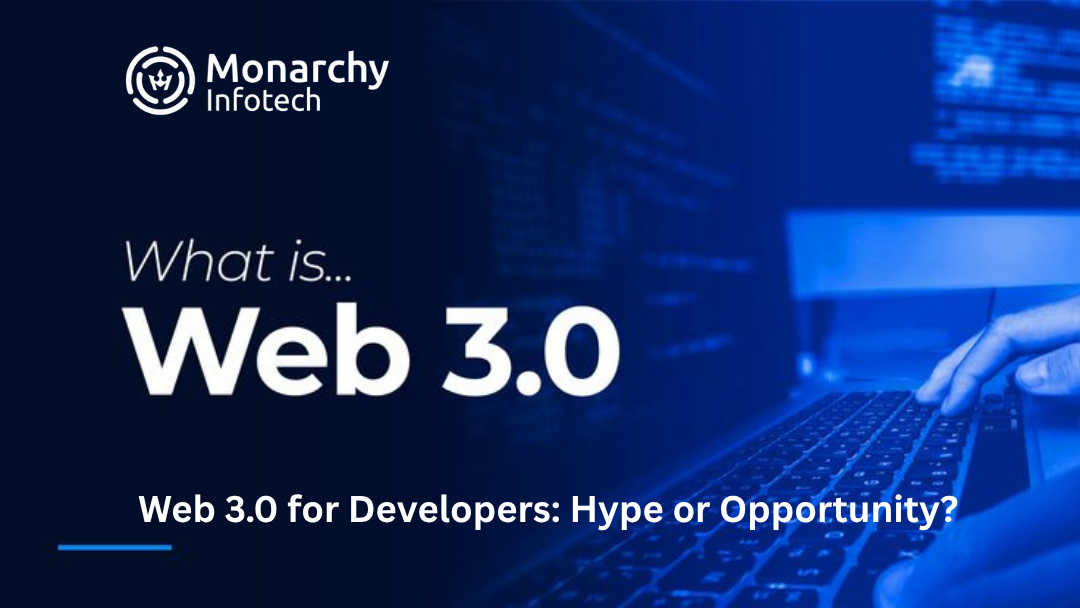As AI algorithms become more sophisticated, the need for high-performance programming languages has never been higher. This post discusses the shift away from Python, the longtime go-to for AI programming, towards Mojo, a new language that seeks to offer the ease of Python with the performance of lower-level languages such as C++. We'll see how Mojo is designed to overcome the limitations of Python's performance, its compatibility with current Python libraries, and why it's being touted as a game-changer for AI and machine learning developers. Whether you're a systems engineer or a data scientist, learning about Mojo could be the key to staying ahead in the quickly changing AI field.

From Python to Mojo: The Frontier for High-Performance AI Development
From Python to Mojo: The Frontier for High-Performance AI Development
As artificial intelligence keeps extending the performance and scale frontiers, programmers are always in pursuit of programming languages that give them the optimal combination of expressiveness, performance, and flexibility. Modular has launched a new programming language called Mojo that seeks to narrow the gap between the ease of use provided by Python and low-level performance hitherto confined to languages such as C++ and Rust.
Python's Legacy in AI
Python has been the language of choice for AI development because of its ease, enormous ecosystem, and libraries such as TensorFlow, Py Torch, NumPy, and scikit-learn. Its dynamic typing and readable code reduce the learning barrier, making it the default choice for prototyping and research.
And yet, Python is not limitation-free:
- Performance Bottlenecks: Python is slower by nature because it is interpreted and dynamically typed
- Concurrency Constraints: The Global Interpreter Lock (GIL) constrains multi-threading performance.
- Deployment Complexity: For production-sized models, Python frequently needs native C++ or CUDA extensions for acceleration.
What Is Mojo?
Mojo is an emerging systems programming language that aims to combine the ease of use of Python with the efficiency of low-level system languages. Mojo was created by the Swift and other important technologies' creators and is entirely compatible with Python but adds capabilities that support zero-cost abstractions, fine control, and GPU-like performance.
Main features are:
Advantages of AI Development:
Challenges Ahead:
Conclusion
Main features are:
- Python Superset: Mojo is created to coexist seamlessly with the current Python code and libraries.
- Static Typing and Compilation: Supports optimizations and performance comparable to C++ or Rust.
- Auto-parallelization and SIMD: Mojo can tap into hardware acceleration with very little developer effort.
- Memory Safety and Ownership Semantics: Borrowing from Rust, Mojo provides efficient memory handling without garbage collection.
Why Mojo Matters for AI
Mojo is specifically designed to be great for AI and machine learning workloads, which frequently require both the flexibility of Python as well as the performance of systems-level programming. Developers can now write high-performance kernels in the same language they use to orchestrate data and models.
Advantages of AI Development:
- Consolidated Workflow: Optimize and develop in one language without constantly flipping between Python and C++.
- Better Deployment: Mojo compiles to performant binaries with less runtime dependencies and latency.
- Fewer Latency Inference: Ideal for edge AI and real-time inference.
- Scalability: Built-in parallelism and vectorization support speeds up model training and data preprocessing
The Future Landscape
Although Mojo is yet to evolve, it has already intrigued AI researchers, ML engineers, and systems programmers. Its appeal is in obliterating the Python-C++ binary that currently governs AI pipelines. As tooling matures and the ecosystem expands, Mojo could potentially become the lingua franca of high-performance AI.
Challenges Ahead:
- Ecosystem Maturity: Mojo has no enormous ecosystem and Python community as such.
- Tooling and IDE Support: Catching up with mainstream development environments is still pending.
- Learning Curve: Merging low-level programming principles with the syntax of Python can be challenging for new users.





